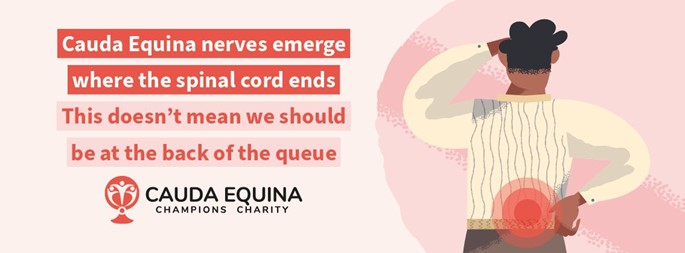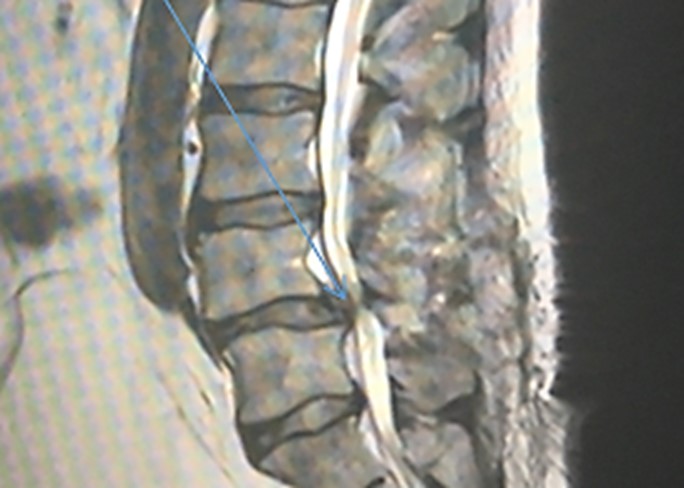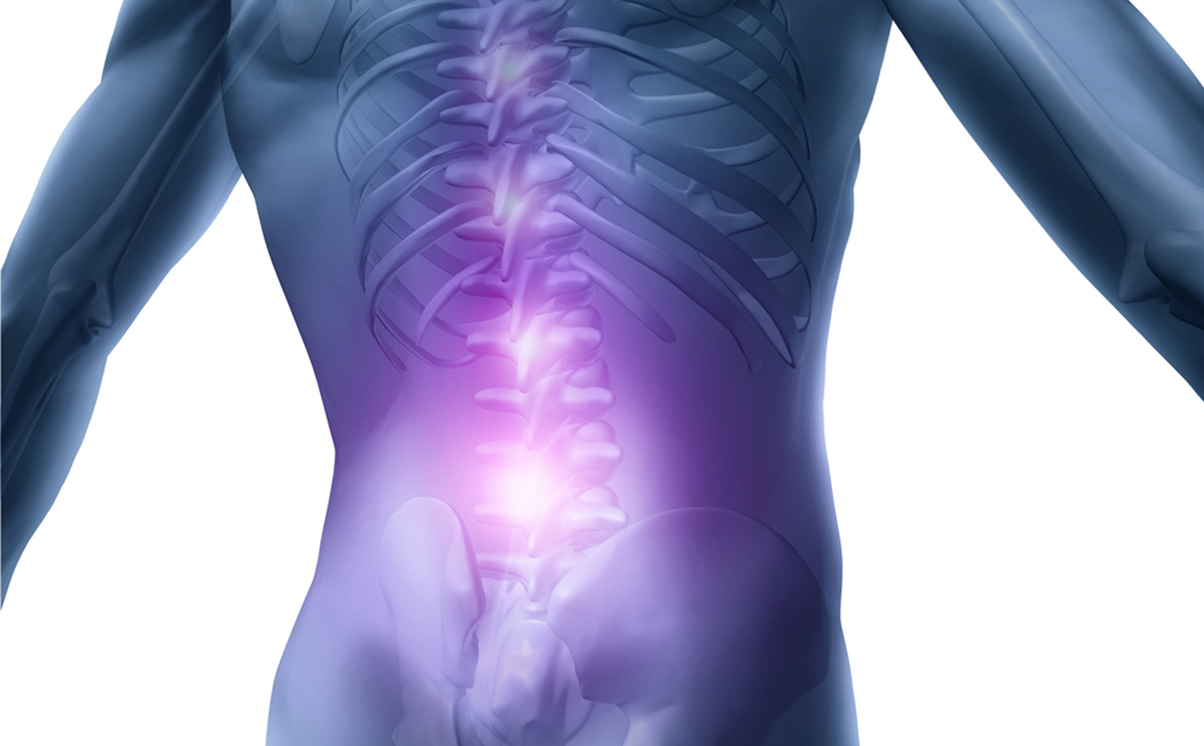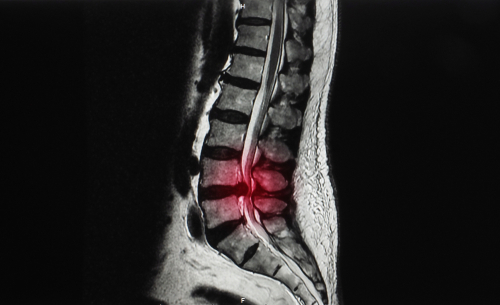Senior Associate Nadia Krueger-Young in our Clinical Negligence team acted for Miss Watson (whose name has been changed to protect her identity) in her medical negligence claim against her GP for failing to recognise and act on her red flag symptoms of cauda equina syndrome.
Miss Watson was seen by three GPs, all locums, who dismissed her symptoms despite her complaining of ‘red flag’ symptoms of cauda equina syndrome, including bilateral sciatica, saddle numbness, difficulties urinating and weakness in her legs.
Cauda equina syndrome is a condition that occurs when the bundle of nerves below the end of the spinal cord, known as the cauda equina, is damaged. ‘Red flags’ is a commonly used term for symptoms that occur during the onset of cauda equina syndrome. If red flag symptoms are present, time is of the essence to undergo an MRI scan and surgery to release the compression of the nerves.
Background to the case
Miss Watson was taken by her mum to A&E after becoming increasingly concerned. At A&E, it was quickly recognised that she was suffering from cauda equina syndrome. She had an MRI scan, which confirmed a large disc protrusion compressing her cauda equina nerves. She was kept nil by mouth and placed on the emergency list for surgery.
Inexplicably, the spinal surgeon due to carry out the emergency surgery came to see her and advised her against surgery. The decision was overruled but caused a delay in her surgery of over a week.
The delays caused Miss Watson to sustain irreversible and complete paralysis of her bladder and bowels. She could not take care of her two young children and was reliant on a wheelchair until she was able to slowly walk short distances with two elbow crutches.
All four defendants (three locum doctors and the hospital trust) initially denied liability. However, after the issue and service of proceedings, one of the GP defendants admitted liability in full.
Interim payment and settlement
An interim payment was requested to allow Miss Watson to purchase a suitable property to adapt and to enable her to employ a nanny to help take care of her children. She found a property and an offer was secured with the help of specialist accommodation finders. The defendant agreed to an interim payment of almost £1m one day before a High Court hearing.
A joint settlement meeting (JSM) took place and the defendant made an offer of £3.5m, which they said would be their highest offer. The offer was rejected. A further JSM took place after the defendant sought a report from a different spinal injuries rehab expert. Following this, settlement discussions took place between us and the defendant’s solicitors.
Conclusion
A settlement of £5.2m was agreed. This is the highest cauda equina settlement recorded at Stewarts.
Miss Watson describes the property she was able to purchase as her “dream home”. Planning permission was obtained for extensive adaptations, and work has now begun to allow her and her family to move in by the summer of 2025. Miss Watson now has a nanny and housekeeper to help look after the children and the home.
How we can help with your cauda equina syndrome claims
Stewarts has extensive experience of supporting people with cauda equina syndrome as a result of medical negligence. Our team specialises in clinical negligence cases involving spinal cord injuries, brain injuries and other complex and catastrophic injuries. To discuss your prospects of a successful claim, please contact us today or complete our online enquiry form.
You can find further information regarding our expertise, experience and team on our Clinical Negligence page.
If you require assistance from our team, please contact us.
Subscribe – In order to receive our news straight to your inbox, subscribe here. Our newsletters are sent no more than once a month.






